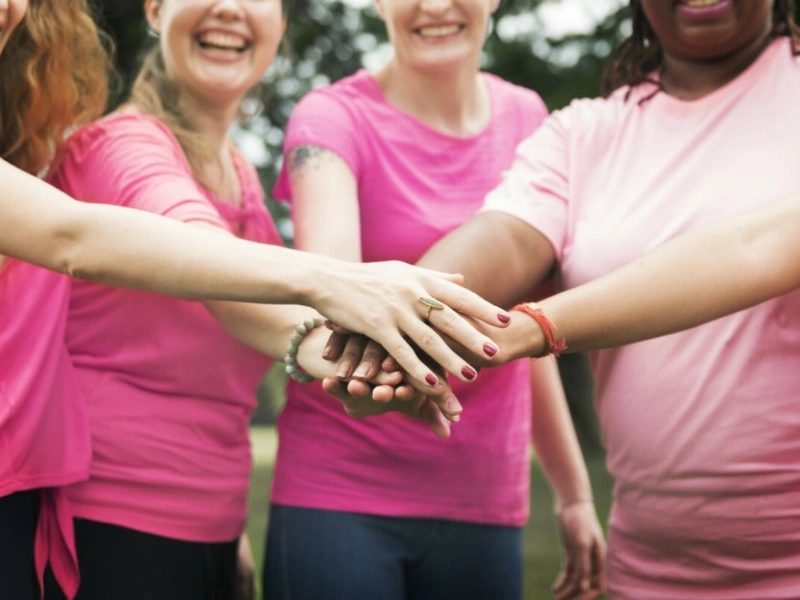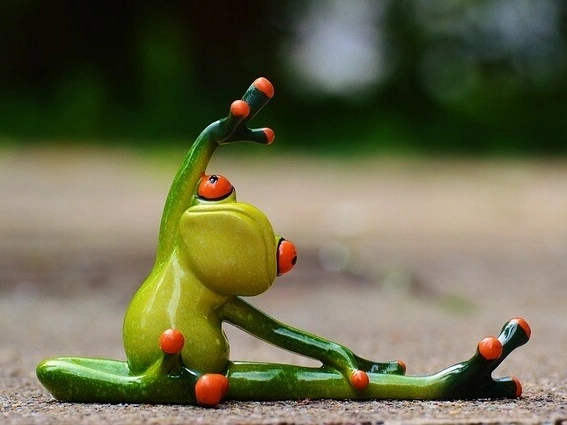Among diseases rife with myths and half-truths, breast cancer is one of the most misunderstood. The truth is that scientists still don't know what causes breast cancer—only that certain factors, such as obesity or drinking too much alcohol, may increase risk. Read on to find out how to separate fact from fiction so you can stay safe.
Myth 1: Breast cancer is largely genetic.
Fact: Just 5 to 10% of cases are due to faulty breast cancer genes BRCA1 and BRCA2. Even in women who have a family history, many cases are due not to specific gene mutations but rather due to a combination of shared lifestyle factors and genetic susceptibilities according to the American Cancer Society.
Myth 2: Small-chested women have a lower risk.
Fact: All breast cancers develop in the cells that line the ducts or lobules—the parts that make milk and carry it to the nipple—and all women have the same number of these, regardless of breast size. What makes breasts bigger or smaller is generally the amount of fat and stroma (fibrous tissue), which research shows have little impact on cancer odds.
Myth 3: Breast cancer always appears as a lump.
Fact: Approximately 10% of those diagnosed with breast cancer have no lumps, pain, or other indications of a problem in their breasts. And among lumps that are detected, 80 to 85% are benign. They're often cysts or noncancerous tumours called fibro adenomas.
Myth 4: Birth control pills cause breast cancer.
Fact: Doctors say the evidence isn't strong enough for them to recommend that women stop taking birth control pills to avoid breast cancer. Most studies found no association between pills and cancer whatsoever.
Myth 5: Young women don't get breast cancer.
Fact: While it's true the disease is more common in postmenopausal women, breast cancer can affect people of any age. In fact, women under 50 account for 25% of all breast cancer cases, and they tend to have higher mortality rates. This may be partly explained by the fact that younger women tend to have denser breasts, which makes it harder to spot lumps during mammograms.
That said, any lump or breast symptom from the list below should be checked by a doctor.
- A change in how the breast or nipple feels or looks
- A lump or thickening in or near the breast or in the underarm area
- Breast pain or nipple tenderness
- A change in the size or shape of the breast
- A nipple or skin that turns inward into the breast
- Feeling warm to the touch
- Scaly, red, or swollen skin of the breast, areola, or nipple, perhaps with ridges or pitting that resembles an orange peel
- Nipple discharge





